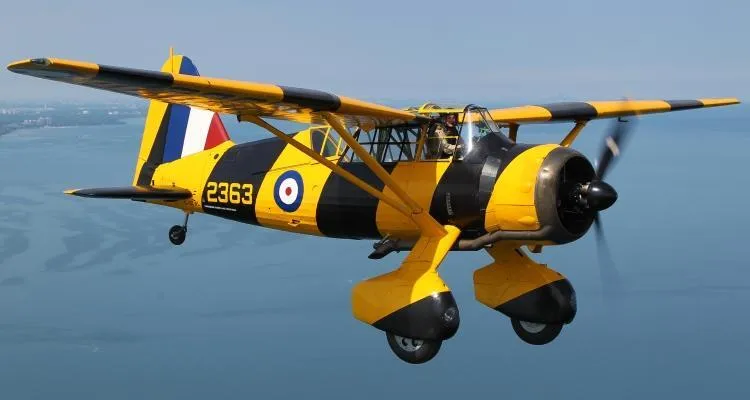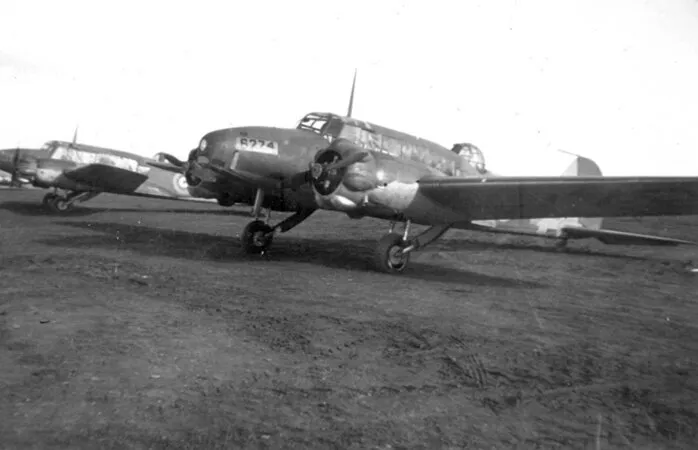Holt, James Stephen (Aircraftman 1st Class)
Killed in Flying Accident 1942-December-30


Birth Date: 1909
Born:
Parents:
Spouse:
Home:
Enlistment:
Enlistment Date: unkown date
Service
RAFVR
Unit
31 BGS- Bombing & Gunnery School (RAF)
Base
Picton, Ontario, Canada
Rank
Aircraftman 1st Class
Position
Service Numbers
1059810
Lysander serial: 1546

Canadian Warplane Heritage Museum
Westland Aircraft of Yeovil, UK, started to design an Army Cooperation aircraft for the British Air Ministry, in June 1935. The first Lysander flew a year later and demonstrated a remarkable short field performance that today would be seen in a STOL aircraft. At the outbreak of war in September 1939, seven RAF squadrons equipped with Lysanders were sent to France in support of the British Army. In May-June 1940, 118 Lysanders were destroyed in action and 120 aircrew were killed or taken prisoner. These severe losses showed that the old ideas about army support aircraft were out of date and the future lay in fighters like the Hurricane.
The most daring use of Lysanders in WW II was with the Special Operations Executive, which supported the Resistance in German occupied France and Belgium, by flying in agents and picking up escapees. It was during these night operations, that the Lysander came into its own, using its remarkable STOL capabilities to fly into the small fields marked out by the Resistance.
The first Canadian built Lysanders rolled out of National Steel Car factory at Malton, Ontario in September 1939 and later were delivered to RCAF No. 110 (Army Co-operation) Squadron at Rockcliffe, Ontario. In February 1940, No. 110 became the first RCAF squadron to be ordered overseas to Britain, becoming No. 400 Sqn..
By late 1941, most Canadian built Lysanders had been transferred to the British Commonwealth Air Training Plan (BCATP), where they were used for target towing at gunnery training schools. National Steel Car, which became Victory Aircraft, stopped building Lysanders in September 1942, as it started to gear up to manufacture Lancaster bombers. 1,652 Lysanders were built between 1938 and 1943; 225 of them in Canada. Lysanders served with the RAF, RCAF and the RAAF, as well as the air forces of seven other nations. Canadian Warplane Heritage Museum
Unit Desciption
31 BGS (31 Bombing and Gunnery School)
The Bombing and Gunnery School (B&GS) offered instruction in the techniques of bomb aiming and aerial machine gunnery to Air Observers, Bomb Aimers, and Wireless Air Gunners. These schools required large areas to accommodate their bombing and gunnery ranges, and were often located near water. The Avro Anson, Fairey Battle, Bristol Bolingbroke, and Westland Lysander were the standard aircraft used at B&GS schools.